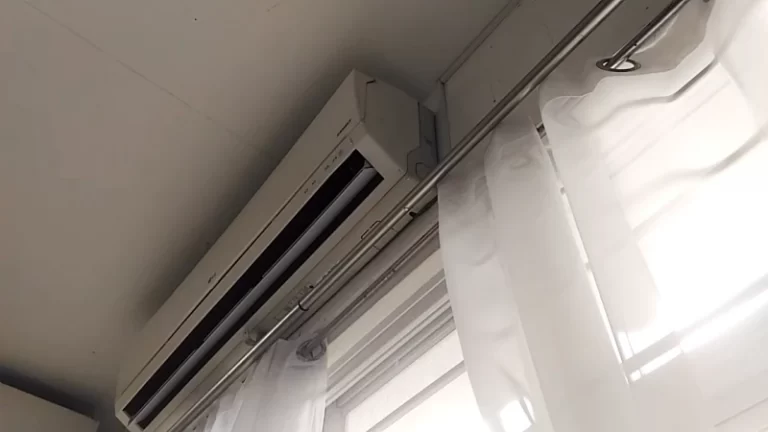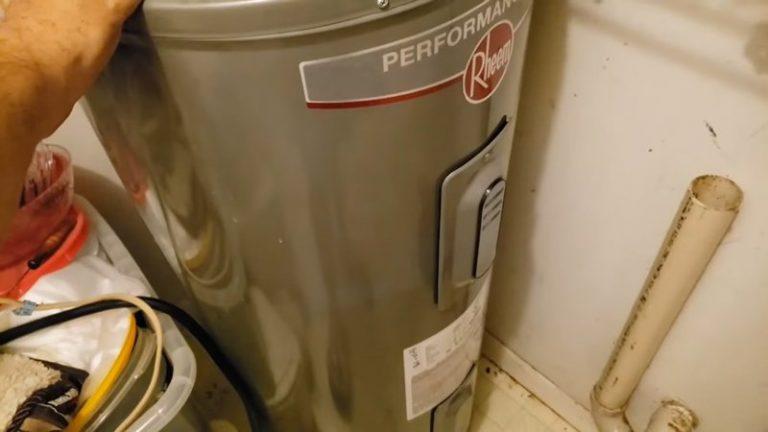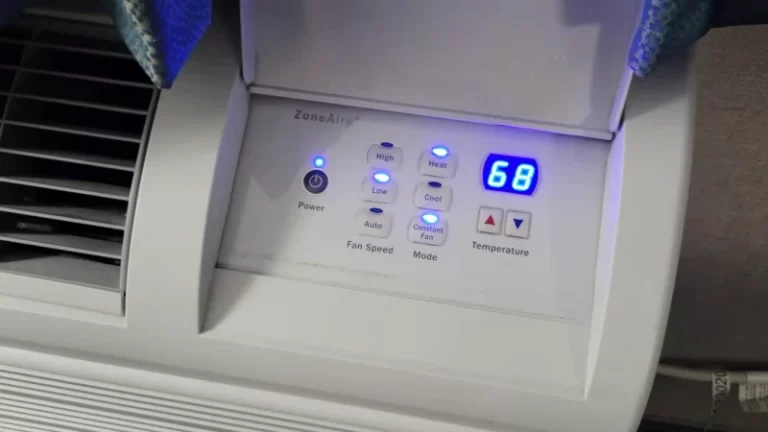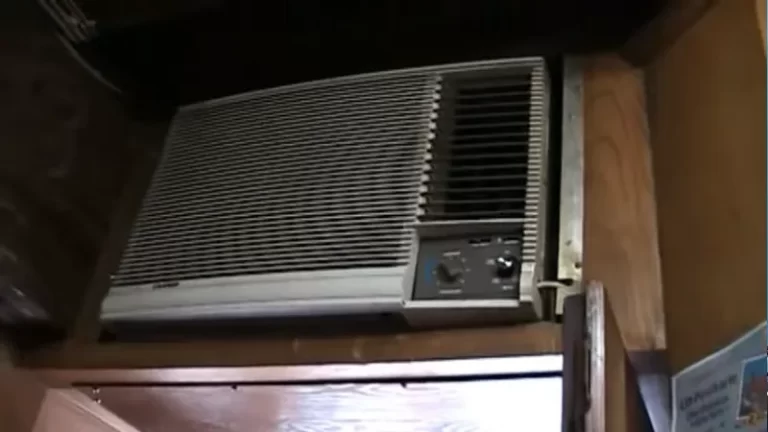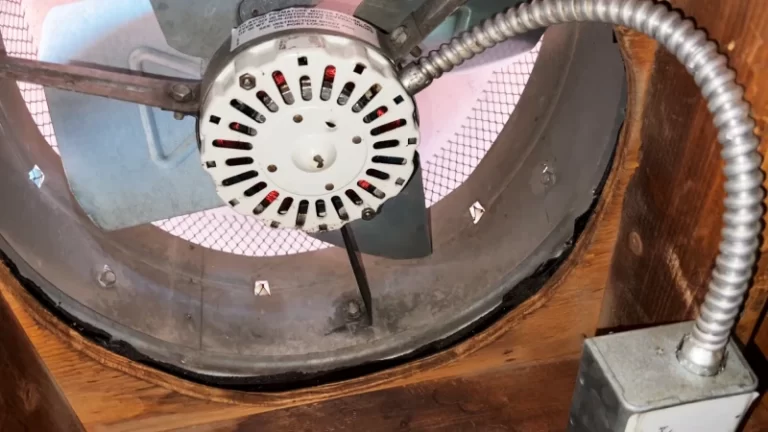Does Indirect Sunlight Heat a Room? Unlock Free Passive Heat
Ever wonder if the gentle, ambient light filling your room is actually doing anything to warm it up? You feel the intense heat from a direct sunbeam, but what about the rest of the light?
The answer is a resounding yes. Indirect sunlight is a free, sustainable source of heat for your home, and understanding how to harness it can make your living space more comfortable and even lower your energy bills. This guide will solve the mystery of passive heating and give you actionable steps to make the most of every ray of light.
You'll Learn About
The Problem: Overlooking a Free Source of Warmth
Many homeowners focus only on the heat from direct sunlight, often overlooking the significant warming potential of indirect, or diffuse, solar energy. This is especially true for rooms that don’t face the sun directly, leaving them feeling chilly and underutilized during cooler months.
This oversight means you could be cranking up the thermostat and paying for expensive heating when a free, natural alternative is literally shining outside your window. The core issue isn’t a lack of sunlight, but a lack of strategy to capture and retain the warmth it provides.
Understanding How Light Becomes Heat
All sunlight, whether direct or indirect, is a form of energy. When this light energy enters your room and strikes a surface—like your floor, a wall, or a piece of furniture—it gets absorbed. This absorption process converts the light energy into thermal energy, which we feel as heat.
Think of it as a subtle version of the greenhouse effect right in your living room. The shortwave radiation from the sun passes easily through your window glass. Once it’s absorbed and converted into longwave radiation (heat), that same glass helps to trap it inside, slowly raising the room’s temperature.
The Solution: Your Comprehensive Passive Heating Guide
Harnessing the power of indirect sunlight is about making smart, strategic choices in your home’s decor and setup. By optimizing how light enters and interacts with your space, you can significantly boost the ambient temperature without touching your thermostat. It’s about turning your entire room into an efficient heat-trapper.
Follow these expert tips to transform your home into a passively heated oasis. Each strategy is designed to maximize light absorption and heat retention, turning even a north-facing room into a cozier space.
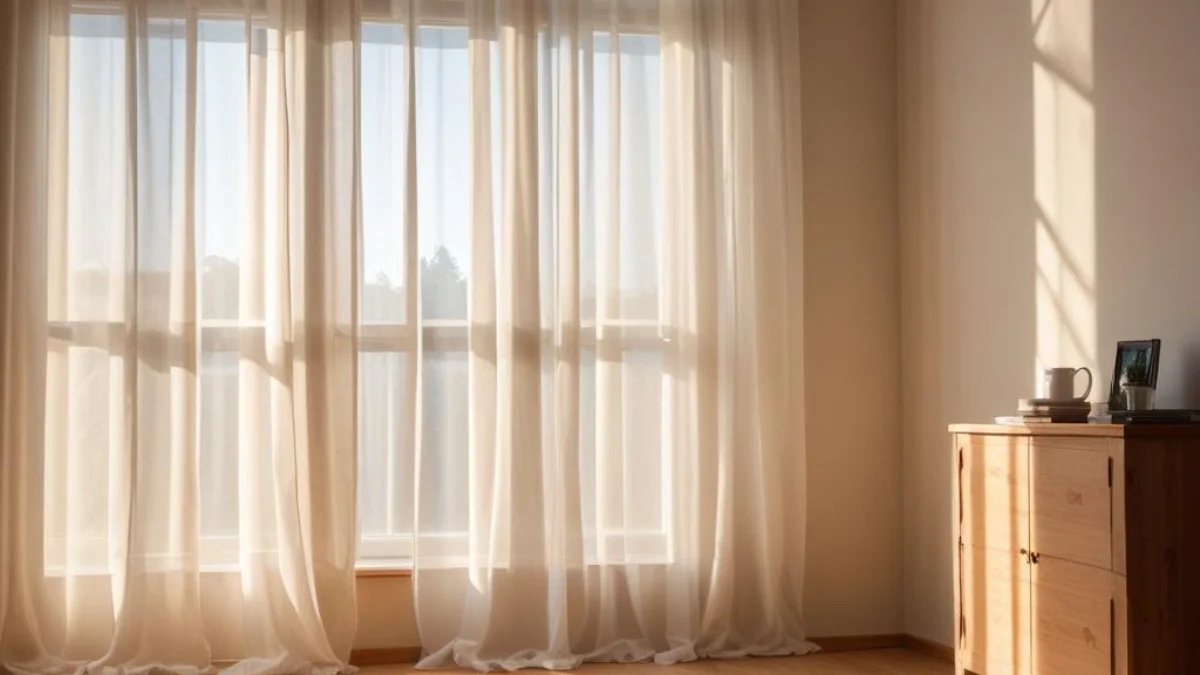
1. Master Your Surfaces: The Power of Color and Material
The color and material of your floors and walls play the biggest role in passive heating. Darker colors are champions of heat absorption. A dark-colored rug, a slate floor, or even a dark piece of furniture placed in the brightest part of the room will act like a thermal battery, soaking up light and gently releasing heat throughout the day.
Conversely, light-colored walls are essential. Instead of absorbing the light, they reflect it, bouncing it around the room. This gives the light more opportunities to be absorbed by other objects, effectively distributing the potential for heat generation throughout the space.
2. Strategic Decor: Use Mirrors to Your Advantage
Mirrors are a powerful tool in your passive heating arsenal. A large, well-placed mirror can act like a second window for light. By positioning a mirror opposite your main window, you can reflect the incoming indirect light onto a target surface, like a dark-colored thermal mass floor.
This technique not only makes your room feel brighter and larger but also concentrates light onto the very surfaces you want to heat up. It’s a simple, elegant way to double down on the light you receive.
3. Windows and Treatments: The Gatekeepers of Heat
Your windows are the entry point for all this free energy, so their condition and treatment are critical. First, ensure your windows are clean. A layer of dirt and grime can significantly reduce the amount of light, and therefore potential heat, that enters the room.
During the day, use sheer or translucent curtains. These provide privacy while allowing the maximum amount of diffuse light to pass through. At night, switch to heavy, insulated, or thermal curtains. Closing these curtains after sunset is crucial as it creates an insulating barrier, trapping the heat you’ve collected all day and preventing it from escaping back through the cold glass.
This principle is especially important for larger glass surfaces. If you’re looking for ways to prevent heat loss, understanding how to insulate skylights for winter can make a huge difference in your home’s overall thermal efficiency. Properly insulated skylights can prevent the warmth you’ve gathered from escaping through the roof.
4. The Importance of Thermal Mass
“Thermal mass” refers to the ability of a material to absorb and store heat. Materials with high thermal mass are your best friends in passive solar design. Think of materials like concrete, brick, tile, and stone. These dense materials absorb heat slowly and release it slowly, helping to maintain a stable, comfortable temperature.
If you have a concrete slab foundation, expose it! Polished and stained concrete floors are not only a modern design choice but are also incredibly effective at storing solar heat. A brick feature wall or a tile floor in the path of indirect sunlight will work tirelessly to warm your room long after the sun has gone down.
Comparing Materials for Passive Heating
Choosing the right materials for your floors and walls can dramatically impact your passive heating success. The table below compares common household materials based on their ability to absorb and retain heat. Use this as a guide when decorating or renovating rooms where you want to maximize warmth.
| Material | Heat Absorption (Absorptivity) | Heat Storage (Thermal Mass) | Best Use for Passive Heating |
|---|---|---|---|
| Dark Tile/Slate | High | High | Flooring in bright areas; feature walls. |
| Polished Concrete | High | Very High | Ideal for floors; absorbs and releases heat slowly. |
| Dark Hardwood | Medium-High | Medium | Good for flooring; better than carpet. |
| Brick | Medium | Very High | Excellent for interior feature walls exposed to light. |
| Thick, Dark Carpet | High | Low | Absorbs light but insulates the floor, preventing heat storage. |
| Light-Colored Paint | Low | N/A | Best for walls and ceilings to reflect light onto absorbent surfaces. |
Troubleshooting Common Passive Heating Problems
Sometimes, despite your best efforts, a room still feels cool. One issue could be drafts from windows or doors that negate the heat you’ve gained. Proper sealing and weatherstripping are essential. Another culprit can be unwanted airflow from other parts of the house, which is why managing things like attic smells in summer through proper ventilation is part of a whole-home approach to temperature control.
Furthermore, external factors can play a role. For instance, while snow on the ground can reflect more light into your home, you might wonder should i clear snow on my skylight potential problems? Clearing it allows light in, but the snow itself can also act as an insulator. It’s a balance you’ll need to consider based on your specific situation.
FAQs About Indirect Sunlight and Room Heat
1. Does indirect sunlight heat a room?
Yes, indirect sunlight can still heat a room, but it is less intense compared to direct sunlight. The warmth from indirect sunlight is usually diffused through clouds, windows, or other surfaces, and it tends to create a more gradual increase in temperature.
2. How much heat does indirect sunlight generate?
The amount of heat generated by indirect sunlight is relatively mild. It warms the room slowly compared to direct sunlight, which can quickly raise the temperature of a space.
3. Does indirect sunlight affect the temperature year-round?
Yes, indirect sunlight can impact room temperature year-round. During colder months, indirect sunlight can provide a natural source of warmth, while in warmer months, it may still slightly contribute to heat, especially if the room has large windows.
4. Is indirect sunlight better for keeping a room cooler?
Yes, because it is diffused and less intense, indirect sunlight is generally better for keeping a room cooler compared to direct sunlight, which can cause a significant rise in temperature.
5. Can indirect sunlight cause overheating in a room?
It’s unlikely for indirect sunlight alone to cause overheating, but if the room is poorly ventilated or has poor insulation, it could contribute to a slight temperature increase. Direct sunlight, on the other hand, is more likely to overheat a room.
6. How can I reduce the heat from indirect sunlight in a room?
To minimize heat from indirect sunlight, you can use window coverings such as blinds, shades, or curtains. You can also apply window films to block out some heat while still letting light in.
7. How does the angle of the sun affect indirect sunlight heating?
The angle of the sun affects how much indirect sunlight enters a room. During certain times of the year, the sun’s angle may allow more sunlight to enter through windows, leading to more heat. In contrast, at other times, the sunlight may be at a steeper angle, resulting in less heat.
8. Is indirect sunlight harmful to furniture or belongings?
Indirect sunlight is much gentler than direct sunlight and is unlikely to cause significant fading or damage to furniture and belongings. However, prolonged exposure to even indirect sunlight may still cause some gradual fading over time, especially in areas with intense light.
Final Thoughts: Embrace the Ambient Glow
Indirect sunlight is a powerful and free resource for heating your home. By understanding the principles of light absorption, thermal mass, and insulation, you can make simple yet profound changes that lead to a warmer, more comfortable living space.
Don’t underestimate the gentle power of diffuse daylight. Implement these strategies, pay attention to how light moves through your home, and you’ll unlock a new level of comfort and efficiency, all powered by the sun.

